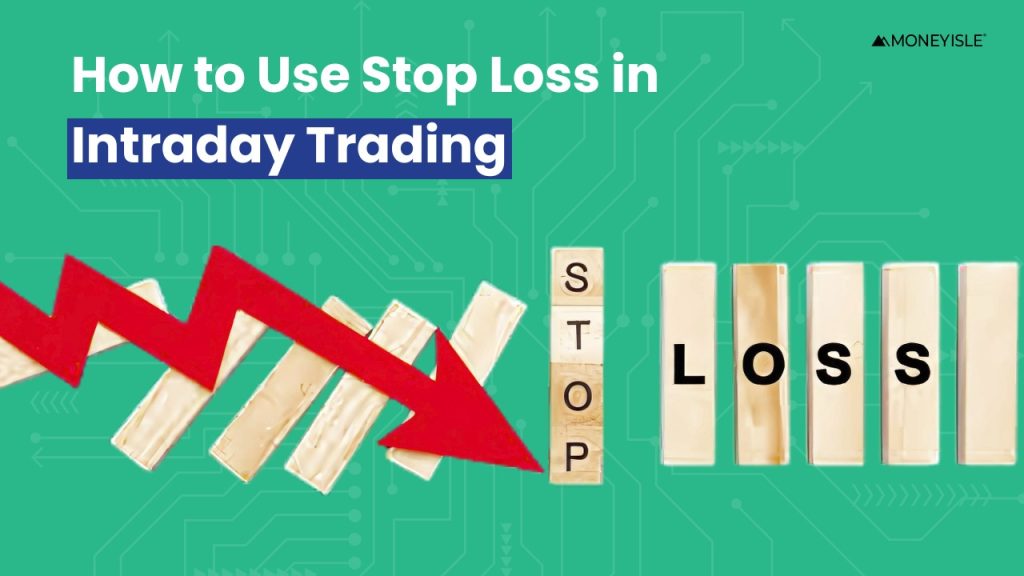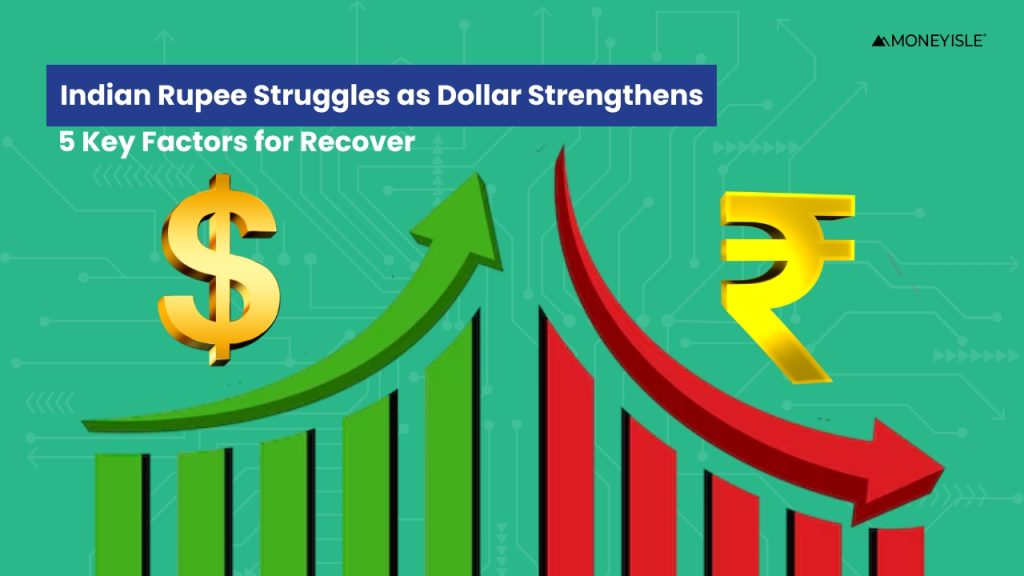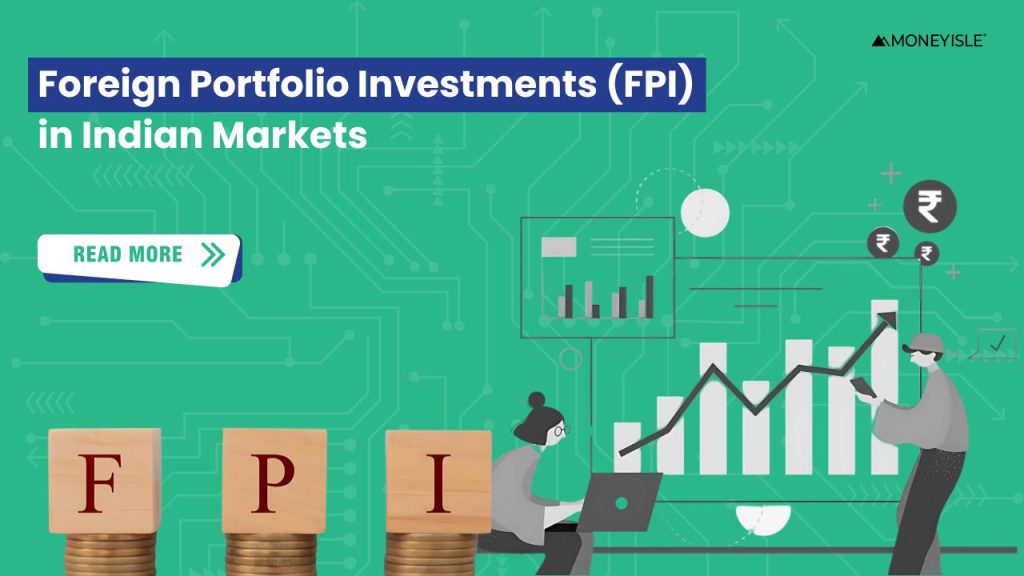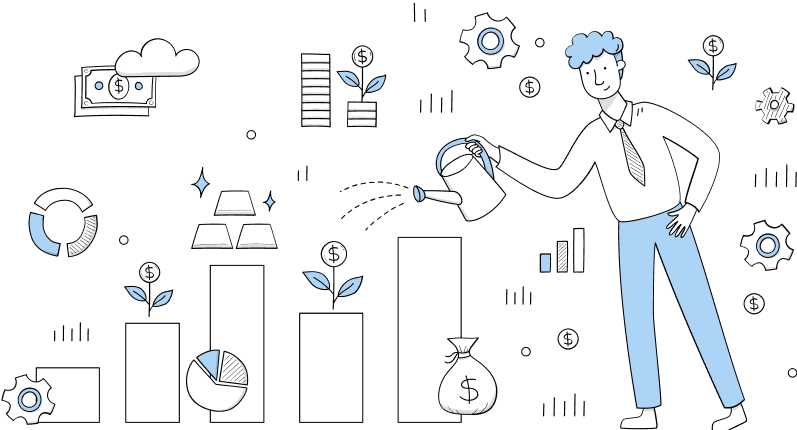Exploring the Dynamics of the Indian Stock Market
The Indian Stock Market is a vast and intricate system that offers numerous opportunities for investors. This guide aims to shed light on some of the lesser-known yet fascinating aspects of the market in India, emphasizing its uniqueness compared to other global markets.
Key Exchanges in the Indian Stock Market
A surprisingly small portion of India’s population, only about 3%, invests in stocks, which is minimal compared to over 55% in the United States. This is primarily due to the complex nature of stock exchanges and a general lack of investment knowledge. The term “Indian stock exchange” typically refers to three SEBI-approved exchanges:
- National Stock Exchange of India Ltd. (NSE) – Visit NSE
- Bombay Stock Exchange Ltd. (BSE) – Visit BSE
- Metropolitan Stock Exchange of India Ltd. (MSEI)
These platforms play a crucial role in share trading in India, with most transactions now being conducted online.
Trading Mechanisms of the Indian Stock Market
Trading within the Indian Stock Market uses an electronic limit order book, similar to other international markets. Orders are placed through authorized stock brokers during the trading hours from 9:30 AM to 3:30 PM, Monday to Friday. In line with recent updates from SEBI, the settlement cycle has improved to T+1, enhancing the efficiency of trade operations.
Essential Insights into the Indian Stock Market
Understanding the Rule of 72 in the Indian Stock Market
This rule helps investors estimate how long it will take to double their investment at a fixed annual return rate. For instance, investing Rs. 1,00,000 at an annual return of 9% would take about 8 years to double.
Priciest Stocks of the Indian Stock Market
Noteworthy for their high value, some of the costliest stocks on the Indian Stock Market include:
- MRF (Rs. 87,705)
- Page Industries (Rs. 44,541)
- Honeywell Automation (Rs. 41,420)
Internationally, Berkshire Hathaway holds the record for the most expensive stock, priced at approximately $2,41,554 per share.
Unique Exchanges: The Pirate Exchange of Somalia
Contrasting sharply with legal financial platforms, Somalia hosts a pirate exchange that primarily deals in ransom money and other illegal activities, operational since 2009.
Risk and Returns: Stock Categories in the Indian Stock Market
- SmallCap Stocks: High returns, high risk.
- MidCap Stocks: Moderate returns, moderate risk.
- LargeCap Stocks: Lower returns, minimal risk.
Historical Crashes and Their Impact on the Indian Stock Market
October has seen significant market crashes, influencing global and Indian markets alike, with notable crashes in 1929 and 1987.
Legacy of the World’s First Stock Markets and Their Influence on India
The Amsterdam Stock Exchange, established in 1602, paved the way for future markets, including the Bombay Stock Exchange, Asia’s first and a significant player in the global arena.
Benchmark Indices of the Indian Stock Market: NIFTY and SENSEX
These indices are critical for assessing the health and trends of the Indian Stock Market, reflecting broader economic sentiments and investor confidence.
Market Trends: Bull and Bear Markets in India
These terms are essential for understanding the fluctuating nature of the Indian Stock Market, with bulls indicating rising markets and bears denoting declines.
Conclusion
The deeper you delve into the Indian Stock Market, the more captivating it becomes. Each fact offers insights that help investors navigate and capitalize on market opportunities effectively. For more detailed strategies and market insights, visit our comprehensive guide at MoneyIsle.











